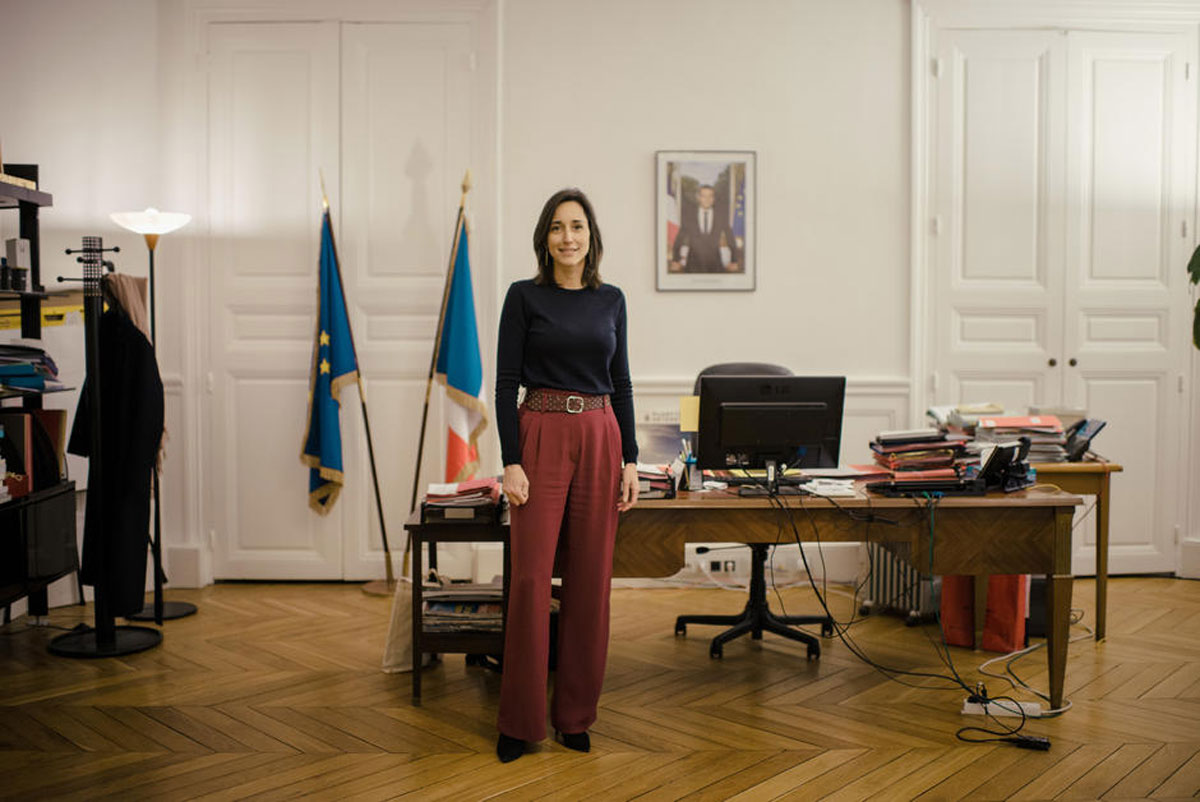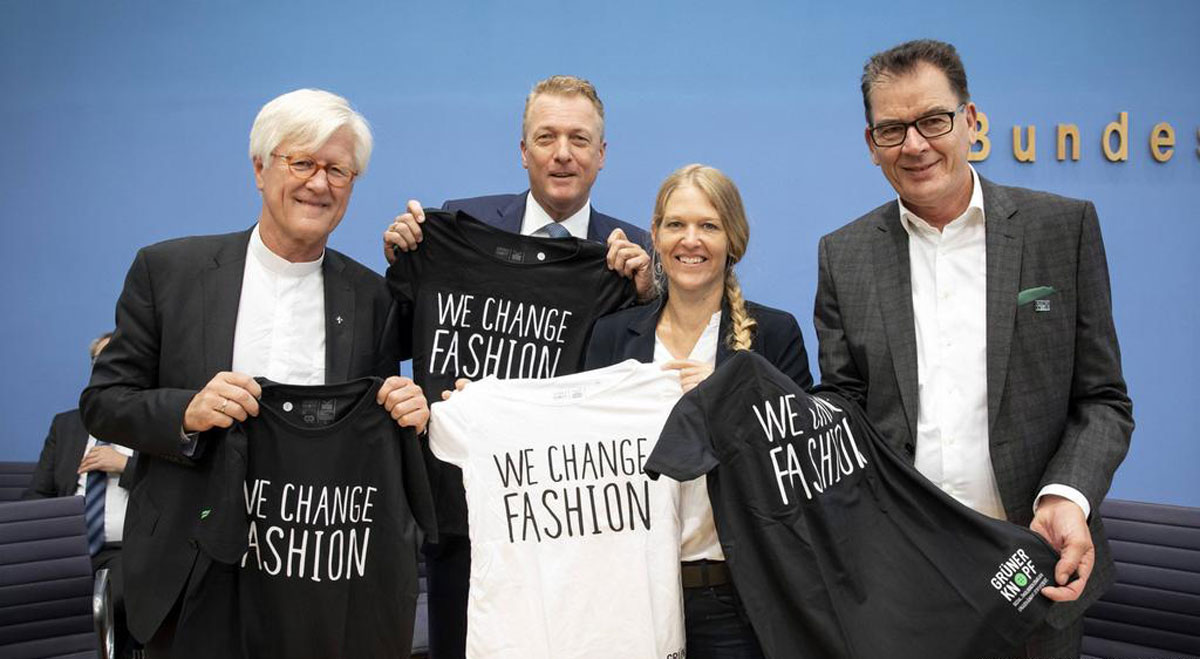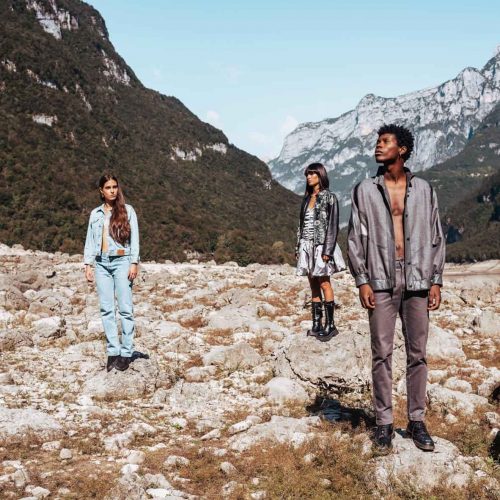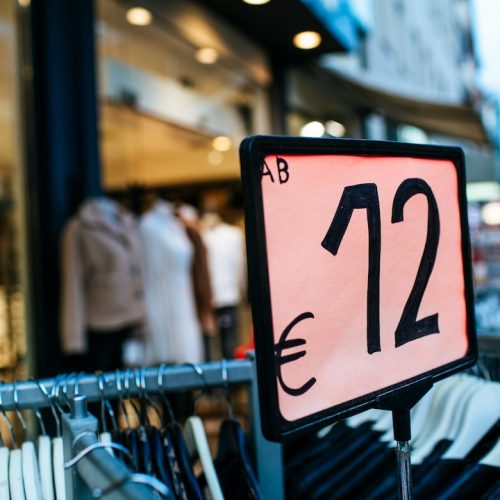The Case For Regulating The Fashion Industry
When examined in its entirety, the fashion industry quickly stratifies according to degrees of sustainability. A handful of brands rise to the top as “real deal” sustainability pioneers (i.e. Stella McCartney, Reformation, or smaller emerging brands like Maggie Marilyn), while a larger group of brands fall in the middle, presenting themselves as purpose driven and reducing their environmental impacts. Some fall just below the middle group, making eco decisions when it is convenient or strategic.
Yet an even larger number carry on business as usual, externalising costs and ignoring the truth of their harmful impacts. Speaking to this non-sustainable group, a Global Fashion Agenda report found that 40% of fashion industry brands do not have the proper foundation in supply chain traceability or visibility to make a sustainable transition. These brands could not begin to implement a “clean and green” approach if they wanted to.
This opt-in/opt-out reform is a lesson in the limitations of self-regulation, and it is not unique to the fashion industry. Rather, the categorical breakdown described above is a truism across most industries. There are a few exceptional companies who have found a way to be profitable and accountable, fostering a distinctly positive impact on the environment and their communities. This is followed by businesses who appreciate the importance of sustainability and are taking steps in the right direction. But the largest group still consists of major industry players for which the ends (profit) justify the means (exploitation of people and the planet). For these companies, if change is not required, then it simply will not be enacted.
As the limitations of self-regulation and voluntary action become clear, we arrive at its alternative: legally binding, nationally implemented regulation. Unfortunately, many governments are either slow to regulate or opposed to regulating the fashion industry in a formal capacity. However, national regulation is one of the most significant opportunities to hold all players accountable, as change is mandatory and not merely suggested.

Some countries have already begun to implement regulatory measures. France is leading the way, in part thanks to Brune Poirson, who some call France’s unofficial minister of fashion. She has spearheaded numerous projects to regulate the fashion industry in France, most notably working to ban companies from destroying unsold or returned items. This ban emerged in light of the finding that more than €650 million worth of new consumer products were destroyed or thrown away each year by companies doing business in France.
In addition to initiatives like this one, regulation can also be used to require a base level of transparency and accountability in the manufacturing process. The state of California, which boasts the seventh largest economy in the world, has one such piece of legislation, the California Transparency in Supply Chains Act. This act intends to eradicate human trafficking and slavery in companies’ supply chains, whether those supply chains are located in California or overseas.
Though the act is relatively weak - it requires the disclosure of information rather than implementing enforcement mechanisms like unannounced factory audits - it works to provide consumers with useful information to make an informed decision. A similar initiative was enacted in Germany recently in the form of a certification called the “Green Button,” which labels sustainable textiles and ensures a responsible supply chain.

These examples may seem narrow in the broader scope of the global fashion industry. However, they are impressive nonetheless, as they foreshadow a future in which the environmental and ethical minimums can be raised to a higher level. It is through national regulation that there is the greatest potential to mandate reductions in carbon emissions, require the use of nontoxic textile dyes, and ensure fair labor conditions for garment workers around the world. Should these initiatives be implemented within country-wide legal systems, and then coordinated on an international scale, we may see an accelerated path to having the entire fashion industry exist as a sustainable fashion industry.
Looking to the future, regulation is promising especially when we look at the current relationship between the fashion industry and sustainability. Today, it appears that consumers have an abundance of purpose-driven brands to choose from, all creating apparel in the name of sustainability. From compostable packaging, to textiles made from recycled plastic bottles, to donating to aligned causes and organisations, many brands are building themselves from the ground up on the platform of being better. Many sustainable brands are increasingly visible, giving off the impression that the fashion industry as a whole is reducing its environmental impact. However, this is not the case. According to a Pulse of the Fashion Industry report, the rate of sustainable fashion progress is actually slowing.
WE CANNOT COUNT ON BRANDS ALONE
Though there are many reasons for this sustainability stall, one of the most significant reasons is that presently, fashion brands’ social and environmental undertakings are voluntary, self-initiated and self-executed. Brands can cherry-pick from a number of eco or ethical options and decide how, or crucially if, they want to integrate them into their own model. Some of these initiatives are indeed notable, reflecting a change in consumer demand and signaling the next iteration of the robust role we see businesses playing in our lives. However, when we step back and look at the entire industry, we notice that it is the minority of brands that have chosen to implement change with sustainable product offerings. In combination with data on the fashion industry’s environmental impact, this illustrates the need for a regulatory bar in fashion. National governments have the capacity to set that bar, demanding swift action, accountability, and progress in sustainable fashion.

+ Words: + Katia Hauser, Luxiders Magazine Contributor




